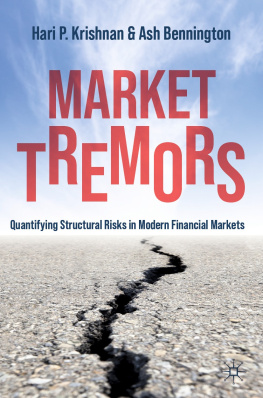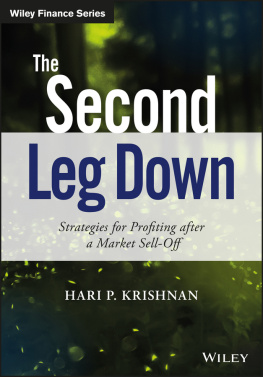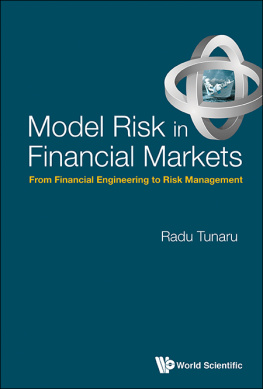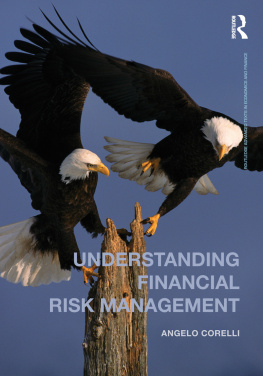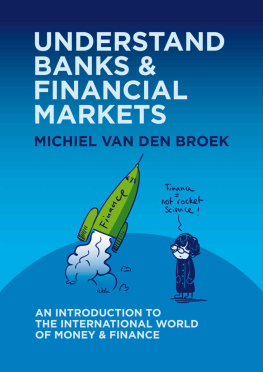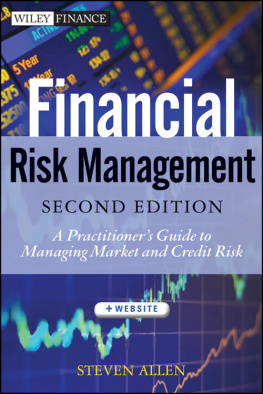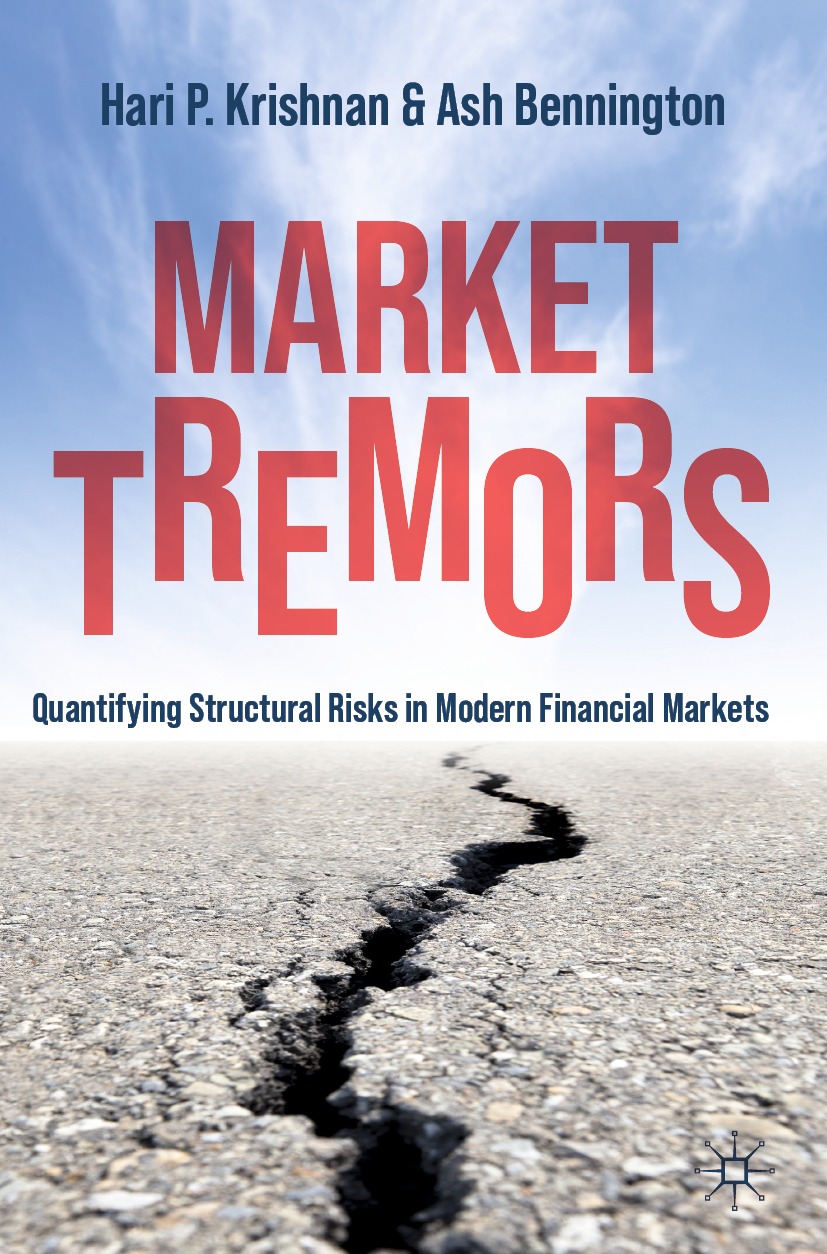Hari P. Krishnan - Market Tremors: Quantifying Structural Risks in Modern Financial Markets
Here you can read online Hari P. Krishnan - Market Tremors: Quantifying Structural Risks in Modern Financial Markets full text of the book (entire story) in english for free. Download pdf and epub, get meaning, cover and reviews about this ebook. year: 2021, publisher: Palgrave Macmillan, genre: Business. Description of the work, (preface) as well as reviews are available. Best literature library LitArk.com created for fans of good reading and offers a wide selection of genres:
Romance novel
Science fiction
Adventure
Detective
Science
History
Home and family
Prose
Art
Politics
Computer
Non-fiction
Religion
Business
Children
Humor
Choose a favorite category and find really read worthwhile books. Enjoy immersion in the world of imagination, feel the emotions of the characters or learn something new for yourself, make an fascinating discovery.
- Book:Market Tremors: Quantifying Structural Risks in Modern Financial Markets
- Author:
- Publisher:Palgrave Macmillan
- Genre:
- Year:2021
- Rating:4 / 5
- Favourites:Add to favourites
- Your mark:
Market Tremors: Quantifying Structural Risks in Modern Financial Markets: summary, description and annotation
We offer to read an annotation, description, summary or preface (depends on what the author of the book "Market Tremors: Quantifying Structural Risks in Modern Financial Markets" wrote himself). If you haven't found the necessary information about the book — write in the comments, we will try to find it.
Since the Global Financial Crisis, the structure of financial markets has undergone a dramatic shift. Modern markets have been zombified by a combination of Central Bank policy, disintermediation of commercial banks through regulation, and the growth of passive products such as ETFs. Increasingly, risk builds up beneath the surface, through a combination of excessive leverage and crowded exposure to specific asset classes and strategies. In many cases, historical volatility understates prospective risk.
This book provides a practical and wide ranging framework for dealing with the credit, positioning and liquidity risk that investors face in the modern age. The authors introduce concrete techniques for adjusting traditional risk measures such as volatility during this era of unprecedented balance sheet expansion.When certain agents in the financial network behave differently or in larger scale than they have in the past, traditional portfolio theory breaks down. It can no longer account for toxic feedback effects within the network. Our feedback-based risk adjustments allow investors to size their positions sensibly in dangerous set ups, where volatility is not providing an accurate barometer of true risk.
The authors have drawn from the fields of statistical physics and game theory to simplify and quantify the impact of very large agents on the distribution of forward returns, and to offer techniques for dealing with situations where markets are structurally risky yet realized volatility is low. The concepts discussed here should be of practical interest to portfolio managers, asset allocators, and risk professionals, as well as of academic interest to scholars and theorists.
Hari P. Krishnan: author's other books
Who wrote Market Tremors: Quantifying Structural Risks in Modern Financial Markets? Find out the surname, the name of the author of the book and a list of all author's works by series.

